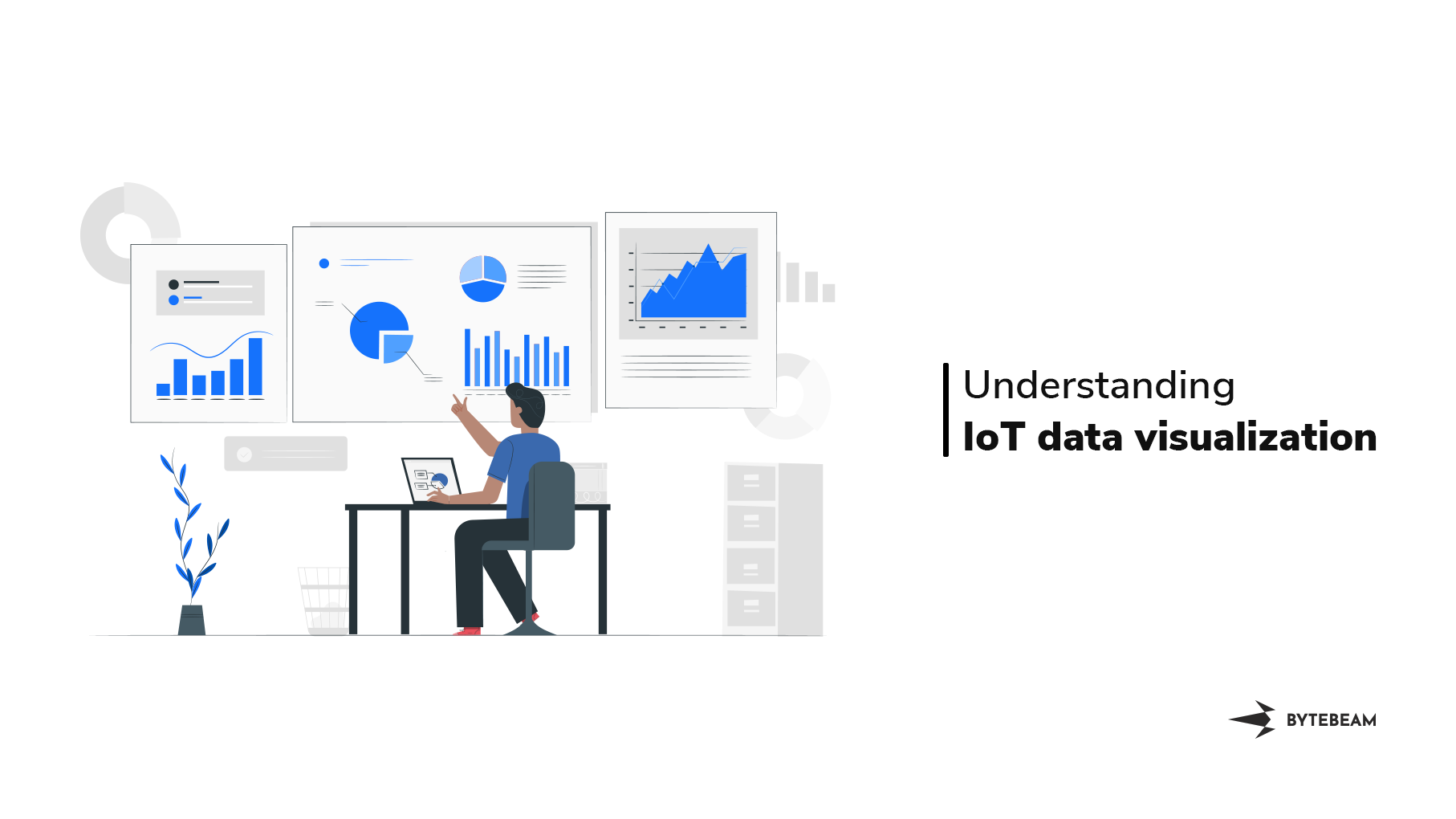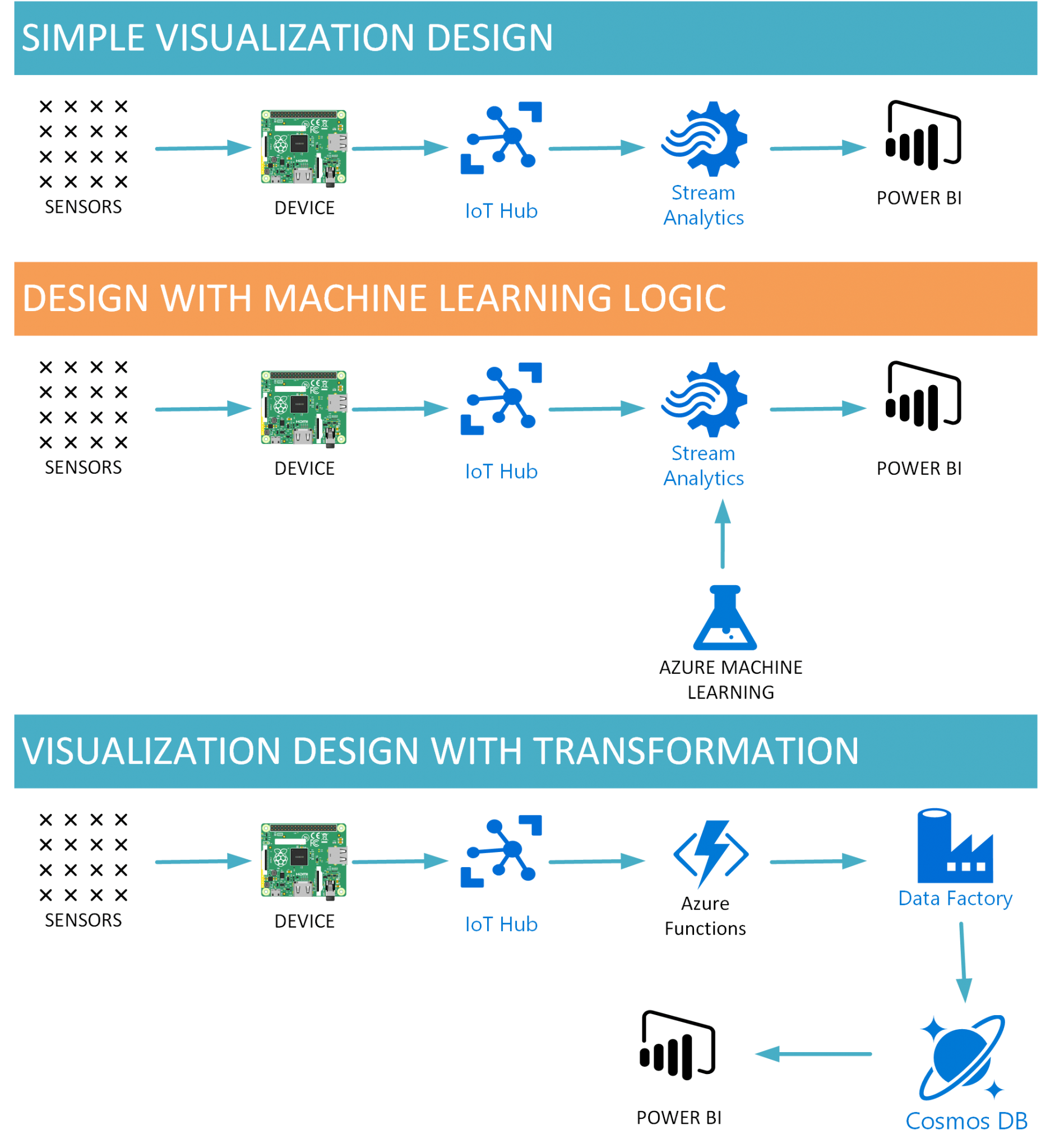So, you’ve probably heard about IoT Visualization, right? But do you really understand what it means and how it can transform your life, business, or even your daily routine? Let’s dive into the world of connected devices and data visualization because this isn’t just a buzzword—it’s the future. IoT Visualization is the magic that turns raw data into actionable insights, making it easier for us to make smarter decisions. Whether you’re a tech enthusiast, a business owner, or just someone who wants to stay ahead of the curve, this is something you don’t want to miss.
Imagine a world where your devices not only talk to each other but also provide you with clear, understandable information that you can act on instantly. That’s the power of IoT Visualization. It’s not just about collecting data; it’s about making sense of it. In this article, we’ll explore how IoT Visualization is revolutionizing industries, enhancing user experiences, and creating opportunities you never thought possible.
Before we go any further, let me ask you a question: Are you ready to see the invisible? IoT Visualization is all about transforming complex data into something visible, accessible, and meaningful. So, buckle up because we’re about to take a deep dive into the fascinating world of IoT and its visualization capabilities.
Read also:Caitlin Erin Oneill The Rising Star Taking Hollywood By Storm
What is IoT Visualization? Understanding the Basics
Alright, let’s break it down. IoT Visualization refers to the process of turning data collected by Internet of Things (IoT) devices into visual formats like charts, graphs, dashboards, and more. Think of it as translating the language of machines into something humans can easily understand. It’s not just about displaying numbers; it’s about creating a story that helps you make informed decisions.
For instance, imagine a smart home system that collects data on your energy usage. Without IoT Visualization, you’d be stuck staring at a bunch of numbers. But with visualization, you can see a colorful graph showing your energy consumption patterns, helping you identify areas where you can save money. That’s the beauty of IoT Visualization—it simplifies complexity.
Why IoT Visualization Matters
- It simplifies complex data into digestible formats.
- It helps businesses identify trends and patterns more easily.
- It enhances user experience by providing clear, actionable insights.
- It drives better decision-making across industries.
In today’s fast-paced world, having access to real-time, visualized data can be a game-changer. Whether you’re managing a factory, running a business, or just trying to optimize your daily life, IoT Visualization can help you achieve your goals faster and more efficiently.
IoT Visualization in Action: Real-World Applications
Now that we’ve got the basics covered, let’s talk about how IoT Visualization is being used in the real world. From healthcare to manufacturing, the applications are endless. Here are a few examples to give you an idea:
Smart Cities and Urban Planning
IoT Visualization is playing a crucial role in the development of smart cities. By collecting data from sensors placed throughout a city, urban planners can create visual representations of traffic patterns, air quality, and energy consumption. This helps them make data-driven decisions to improve the quality of life for residents.
Healthcare Revolution
In the healthcare industry, IoT Visualization is transforming patient care. Wearable devices like fitness trackers and smartwatches collect data on heart rate, sleep patterns, and physical activity. This data is then visualized in easy-to-understand formats, allowing doctors to monitor patients remotely and provide personalized care.
Read also:Buell Film Video The Ultimate Guide To Elevating Your Cinematic Experience
Industrial IoT (IIoT)
Manufacturing plants are using IoT Visualization to optimize their operations. By visualizing data from machines and sensors, companies can identify inefficiencies, predict maintenance needs, and improve overall productivity. This not only saves time but also reduces costs significantly.
The Importance of Data Representation in IoT Visualization
Data representation is at the heart of IoT Visualization. How you present data can make all the difference. A well-designed visualization can highlight trends, patterns, and anomalies that might otherwise go unnoticed. But how do you ensure your data is represented effectively?
Choosing the Right Visualization Techniques
- Line Charts: Perfect for showing trends over time.
- Bar Graphs: Great for comparing different categories.
- Pie Charts: Useful for displaying proportions.
- Heatmaps: Ideal for visualizing density and intensity.
Each type of visualization serves a specific purpose, so it’s important to choose the right one based on the data you’re working with. For example, if you’re tracking temperature changes over time, a line chart would be more appropriate than a pie chart.
Challenges in IoT Visualization
As amazing as IoT Visualization is, it’s not without its challenges. One of the biggest hurdles is dealing with large volumes of data. With so much information coming in from various sources, it can be overwhelming to process and visualize it all effectively.
Another challenge is ensuring data accuracy. If the data being collected is flawed or incomplete, the visualizations will be misleading. That’s why it’s crucial to have robust data validation processes in place.
Security Concerns
Security is also a major concern when it comes to IoT Visualization. As more devices become connected, the risk of cyberattacks increases. It’s essential to implement strong security measures to protect sensitive data and ensure privacy.
Tools and Technologies for IoT Visualization
There are plenty of tools and technologies available to help you create stunning IoT Visualizations. Some of the most popular ones include:
Tableau
Tableau is a powerful data visualization tool that allows you to create interactive dashboards and reports. It’s user-friendly and offers a wide range of customization options, making it a favorite among businesses and analysts.
Power BI
Power BI is another great option for IoT Visualization. It integrates seamlessly with Microsoft products and offers a variety of visualization templates to choose from. Whether you’re working with small or large datasets, Power BI has got you covered.
Kibana
Kibana is an open-source tool that works with Elasticsearch to provide real-time data visualization capabilities. It’s especially useful for analyzing log data and monitoring system performance.
Best Practices for Effective IoT Visualization
To make the most out of IoT Visualization, there are a few best practices you should keep in mind:
- Keep it Simple: Avoid cluttering your visualizations with unnecessary elements. Focus on the key insights you want to convey.
- Use Color Wisely: Colors can enhance your visualizations, but they can also distract if used improperly. Stick to a consistent color scheme and use contrasting colors to highlight important data points.
- Make it Interactive: Interactive visualizations allow users to explore the data on their own, providing a more engaging experience.
By following these best practices, you can create IoT Visualizations that are not only visually appealing but also highly functional.
IoT Visualization and Business Intelligence
IoT Visualization is closely linked to Business Intelligence (BI). Both aim to transform data into insights that drive business success. However, IoT Visualization takes it a step further by incorporating data from connected devices, providing a more comprehensive view of operations.
Businesses that leverage IoT Visualization can gain a competitive edge by making faster, more informed decisions. They can also improve customer satisfaction by offering personalized experiences based on real-time data.
Case Study: IoT Visualization in Retail
Let’s take a look at how a retail company used IoT Visualization to boost sales. By installing sensors in their stores, they were able to track customer movements and analyze shopping patterns. This data was then visualized in an interactive dashboard, allowing store managers to optimize product placement and staffing schedules. The result? A significant increase in sales and customer satisfaction.
Future Trends in IoT Visualization
The future of IoT Visualization looks bright. As technology continues to evolve, we can expect even more innovative ways to visualize data. Some of the trends to watch out for include:
- Augmented Reality (AR): AR is set to revolutionize IoT Visualization by allowing users to interact with data in a 3D space.
- Artificial Intelligence (AI): AI-powered visualization tools will be able to analyze data more efficiently and provide deeper insights.
- Cloud Computing: The cloud will play a crucial role in enabling real-time data visualization on a global scale.
These advancements will make IoT Visualization more accessible and impactful than ever before.
Conclusion: Embrace the Power of IoT Visualization
We’ve covered a lot of ground in this article, from the basics of IoT Visualization to its real-world applications and future trends. The key takeaway is that IoT Visualization is not just a trend—it’s a necessity in today’s data-driven world. By harnessing the power of IoT Visualization, you can unlock new opportunities, improve efficiency, and make smarter decisions.
So, what are you waiting for? Dive into the world of IoT Visualization and see the invisible. Whether you’re a business owner, a tech enthusiast, or just someone who wants to stay ahead of the curve, this is a journey worth taking. Don’t forget to share your thoughts in the comments below and check out our other articles for more insights on IoT and beyond. Let’s keep the conversation going!
Table of Contents
- What is IoT Visualization? Understanding the Basics
- IoT Visualization in Action: Real-World Applications
- The Importance of Data Representation in IoT Visualization
- Challenges in IoT Visualization
- Tools and Technologies for IoT Visualization
- Best Practices for Effective IoT Visualization
- IoT Visualization and Business Intelligence
- Future Trends in IoT Visualization
- Conclusion: Embrace the Power of IoT Visualization


